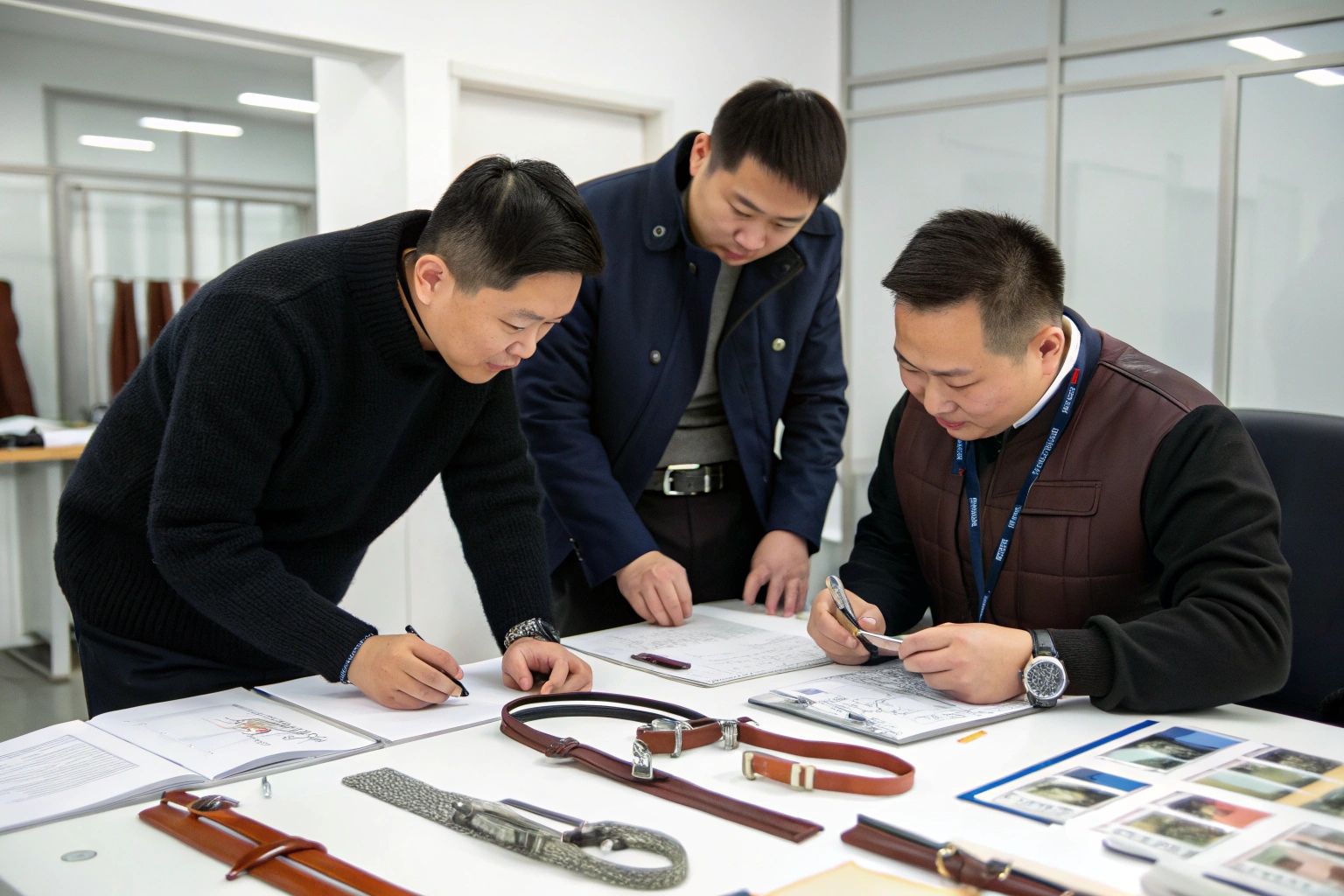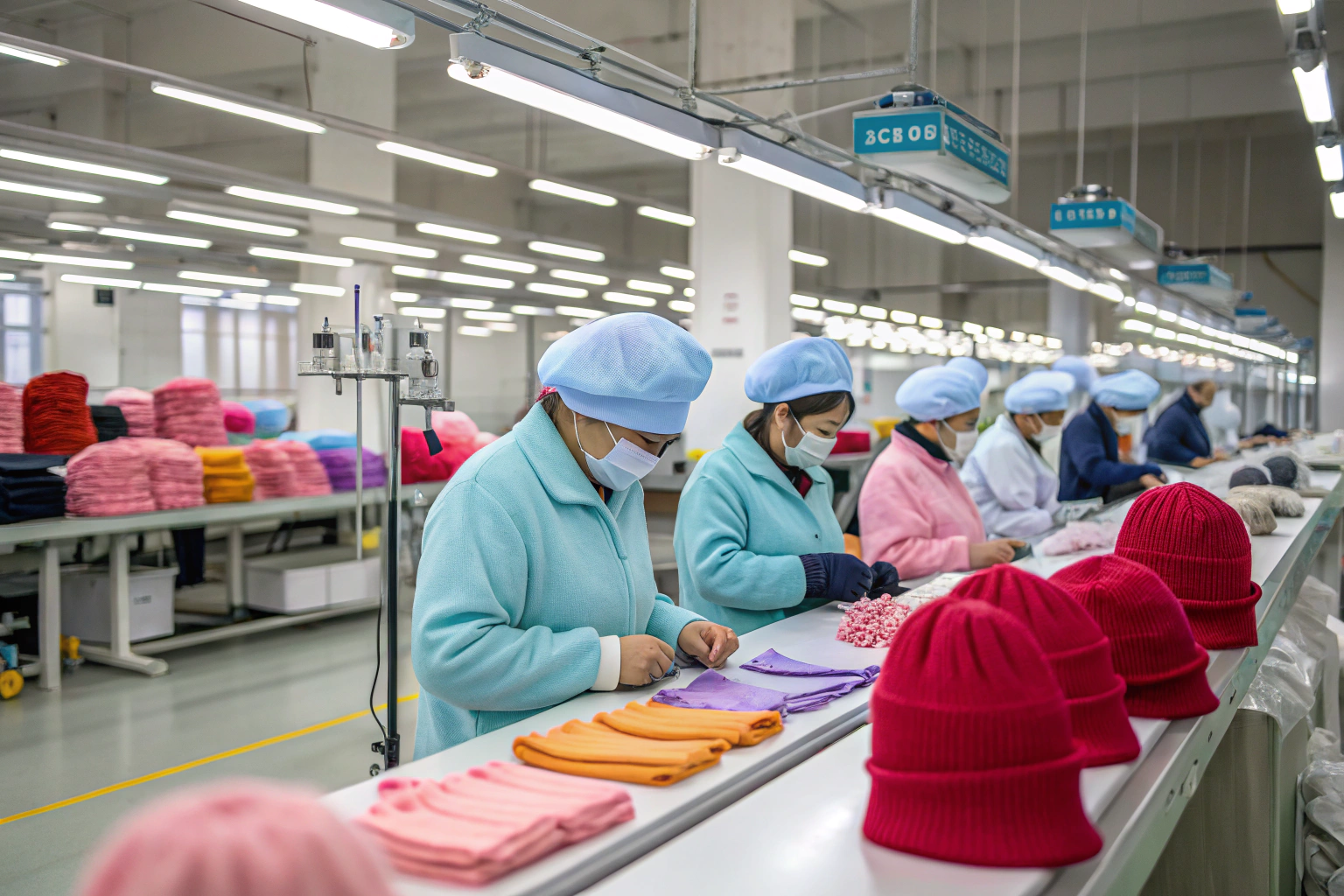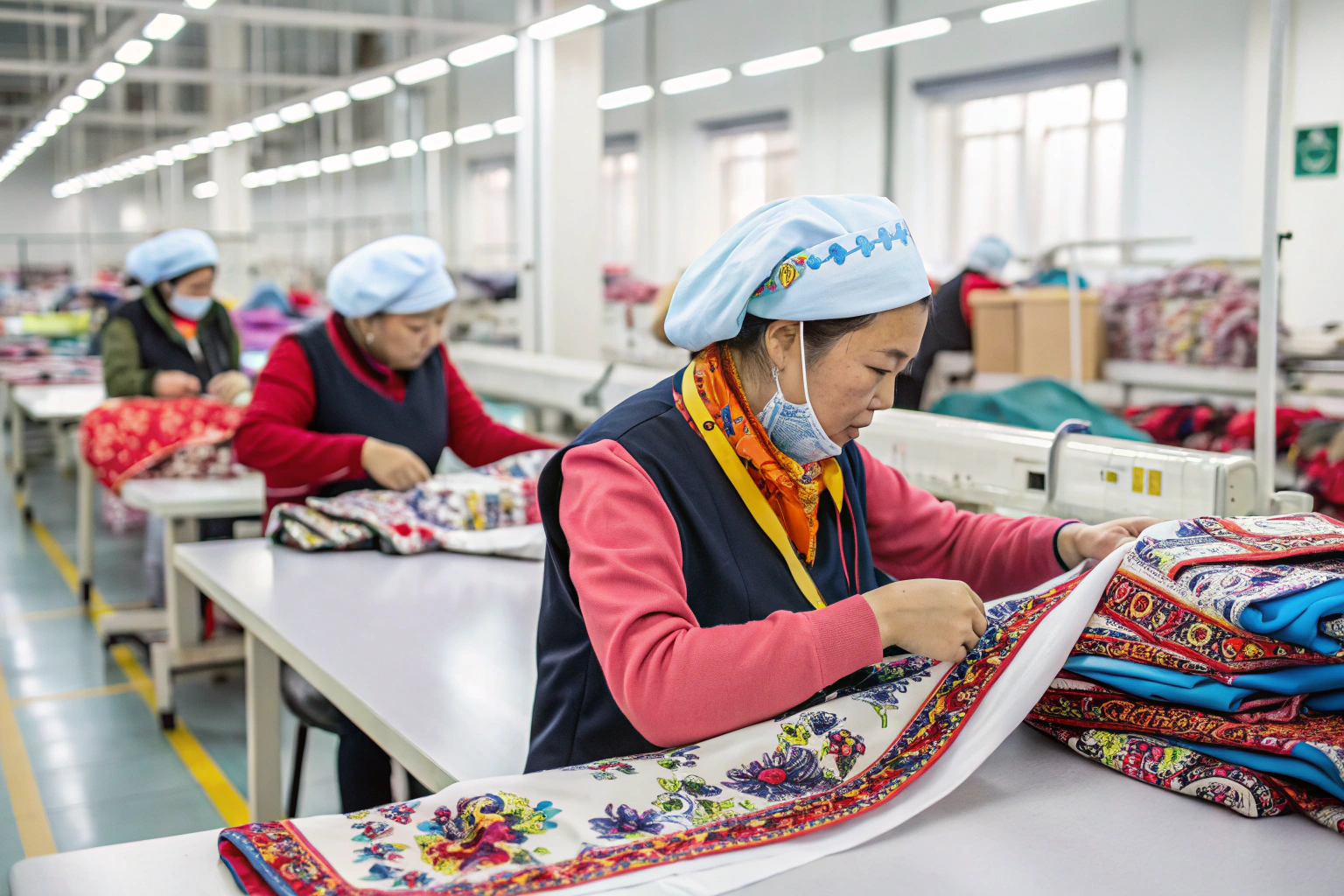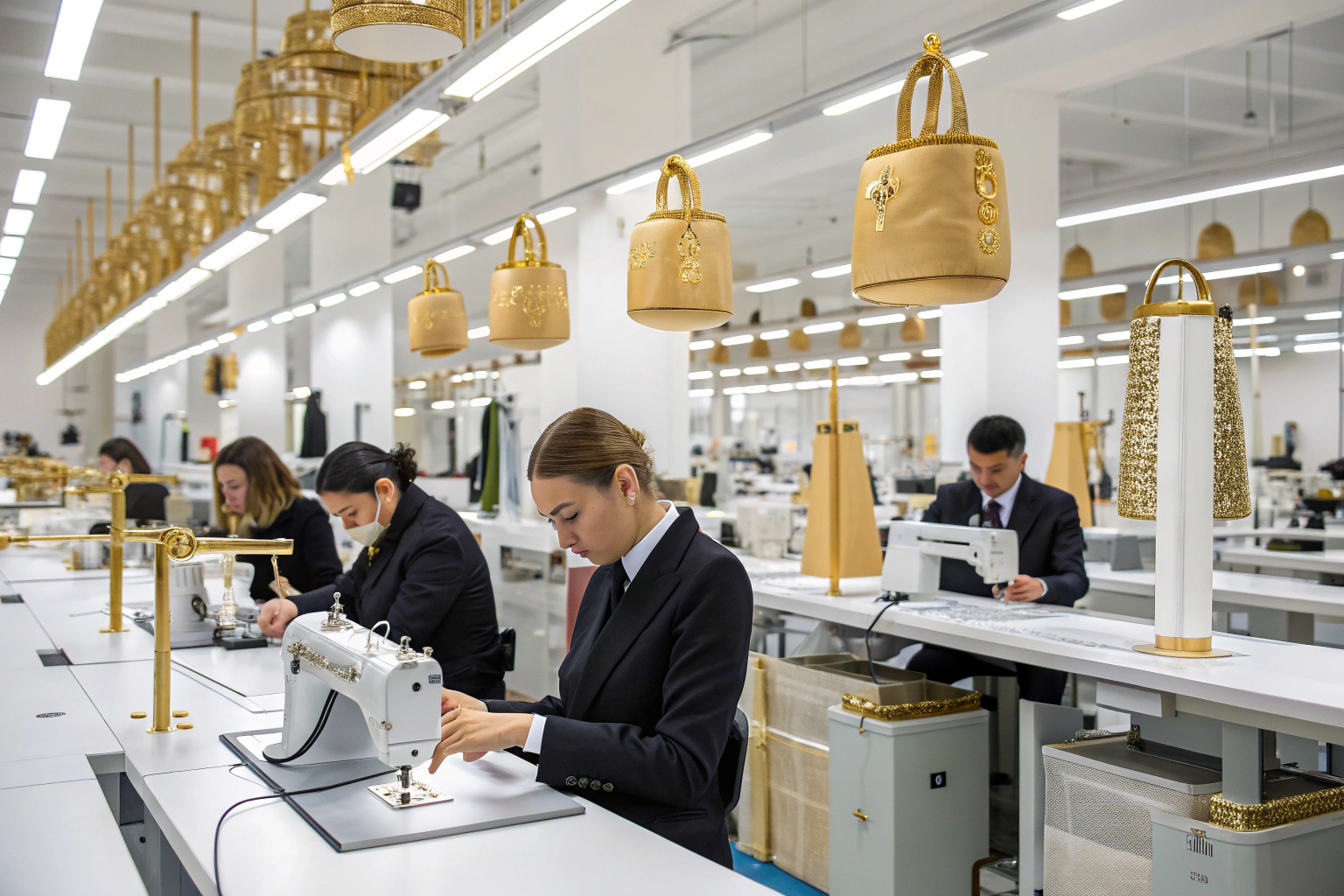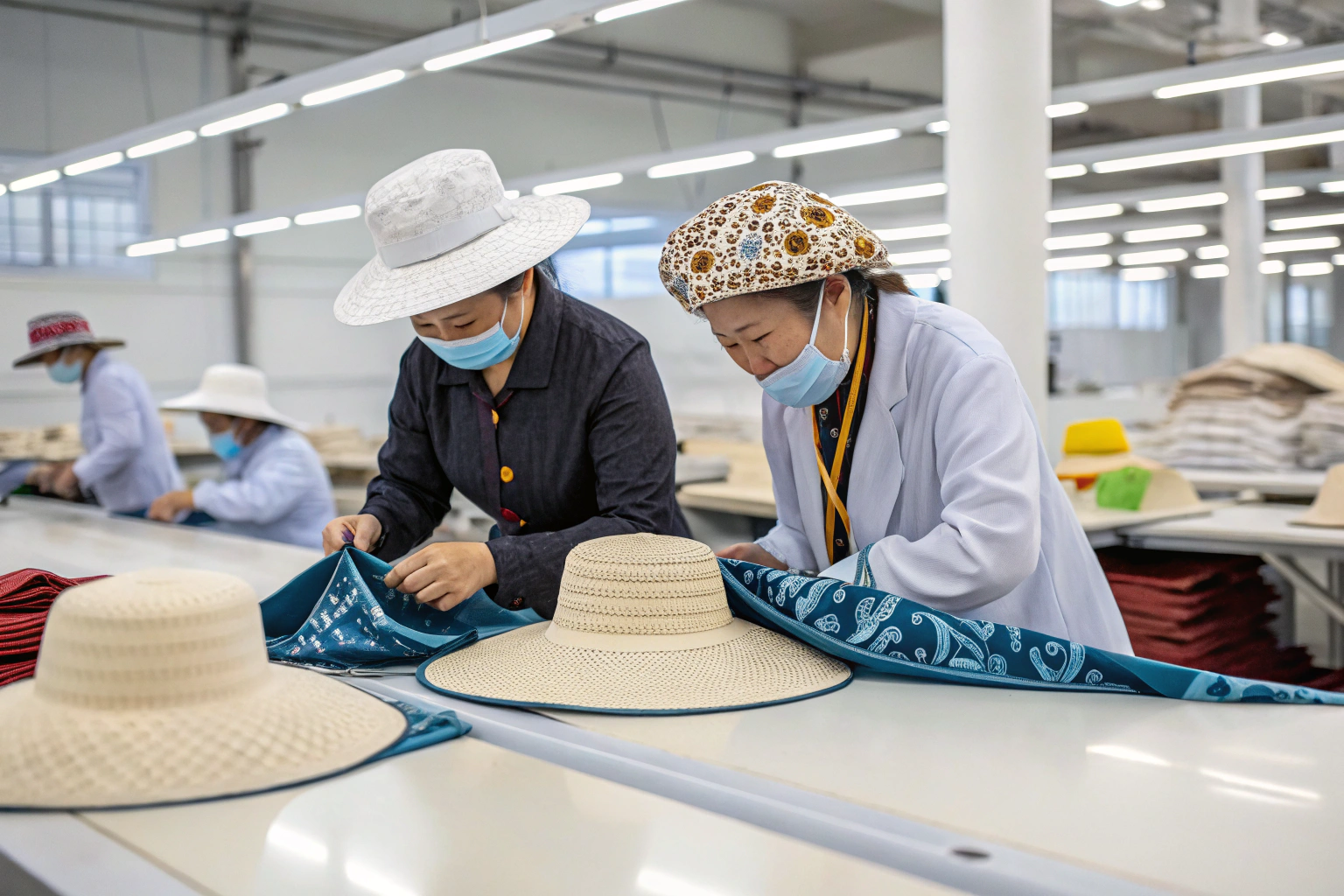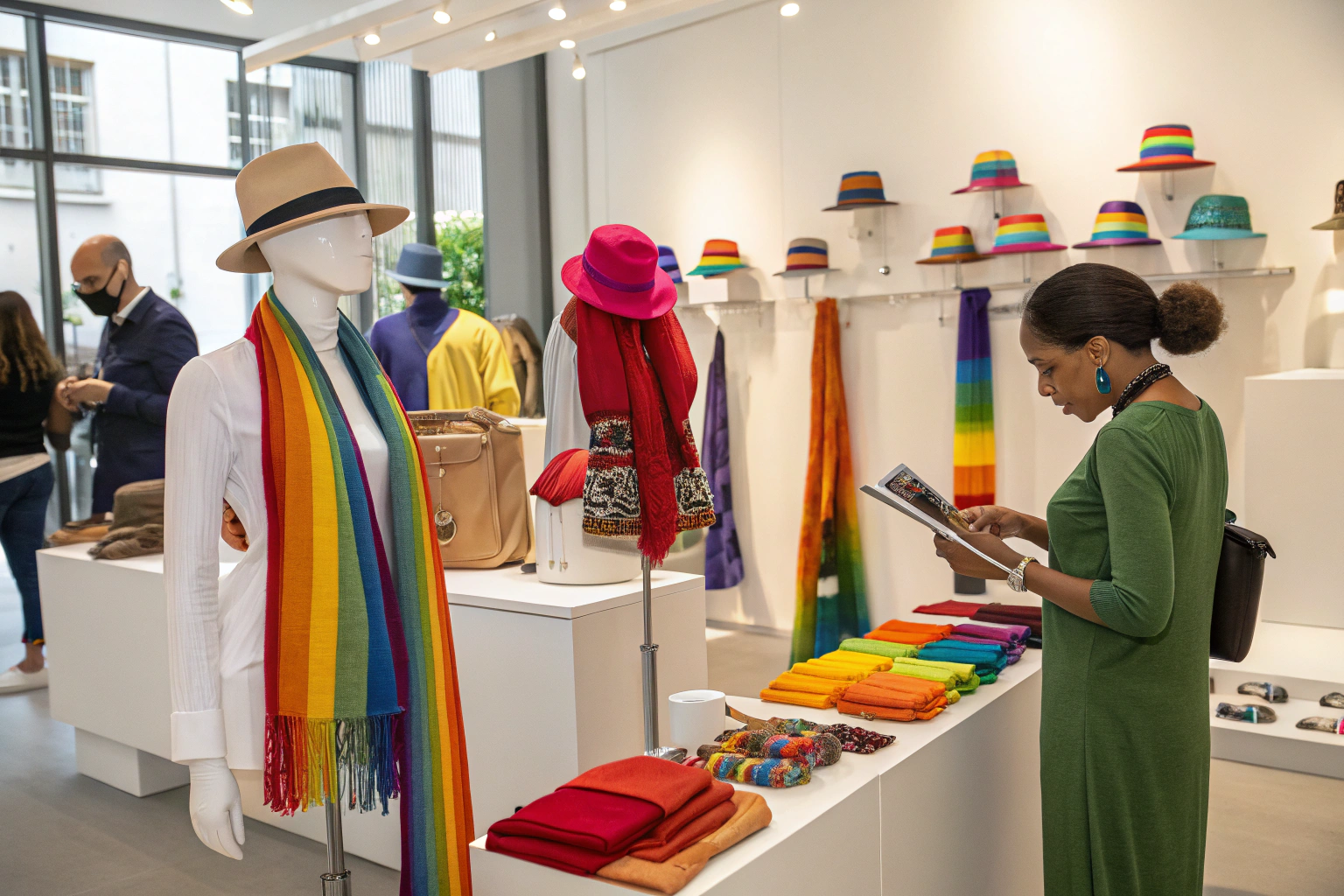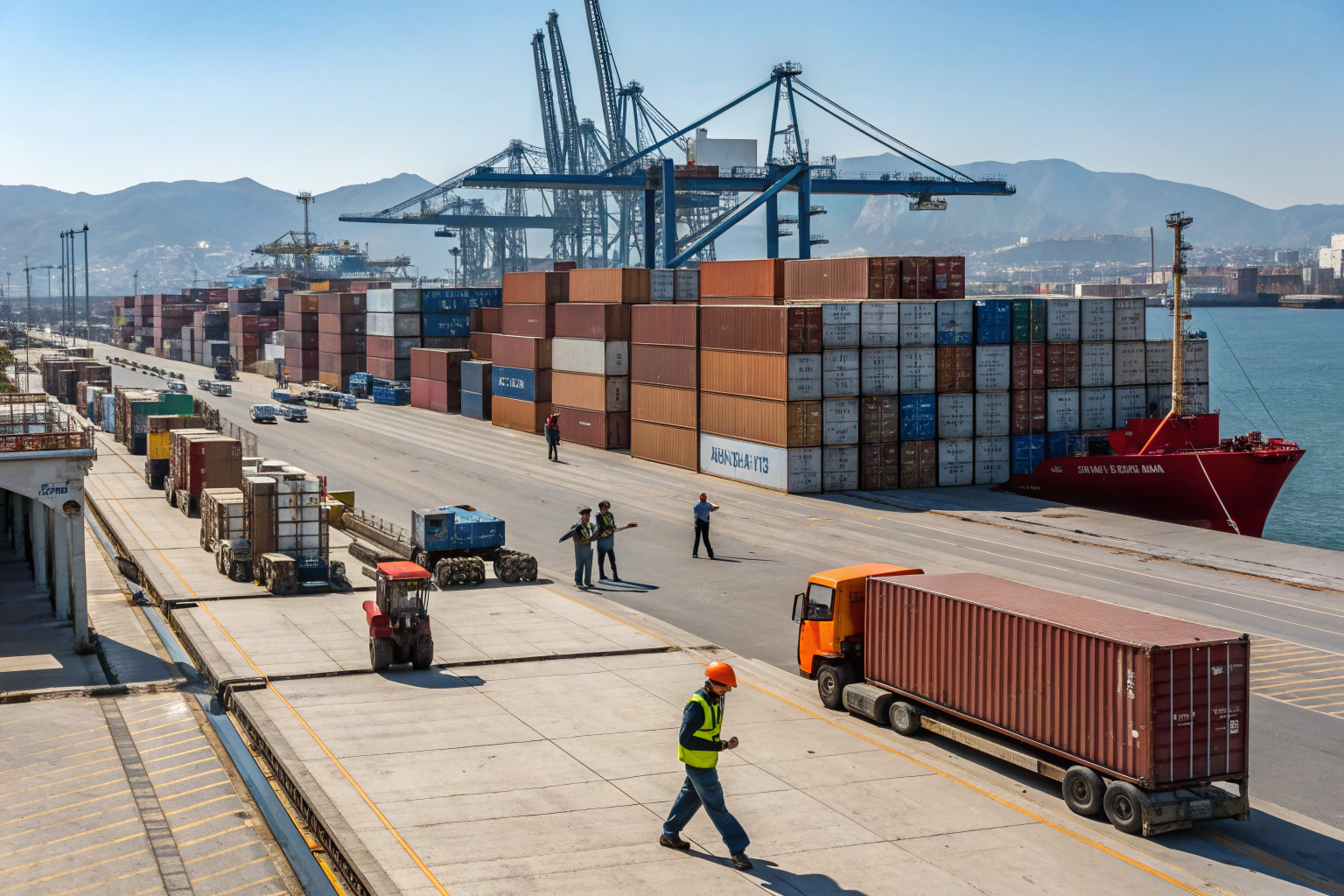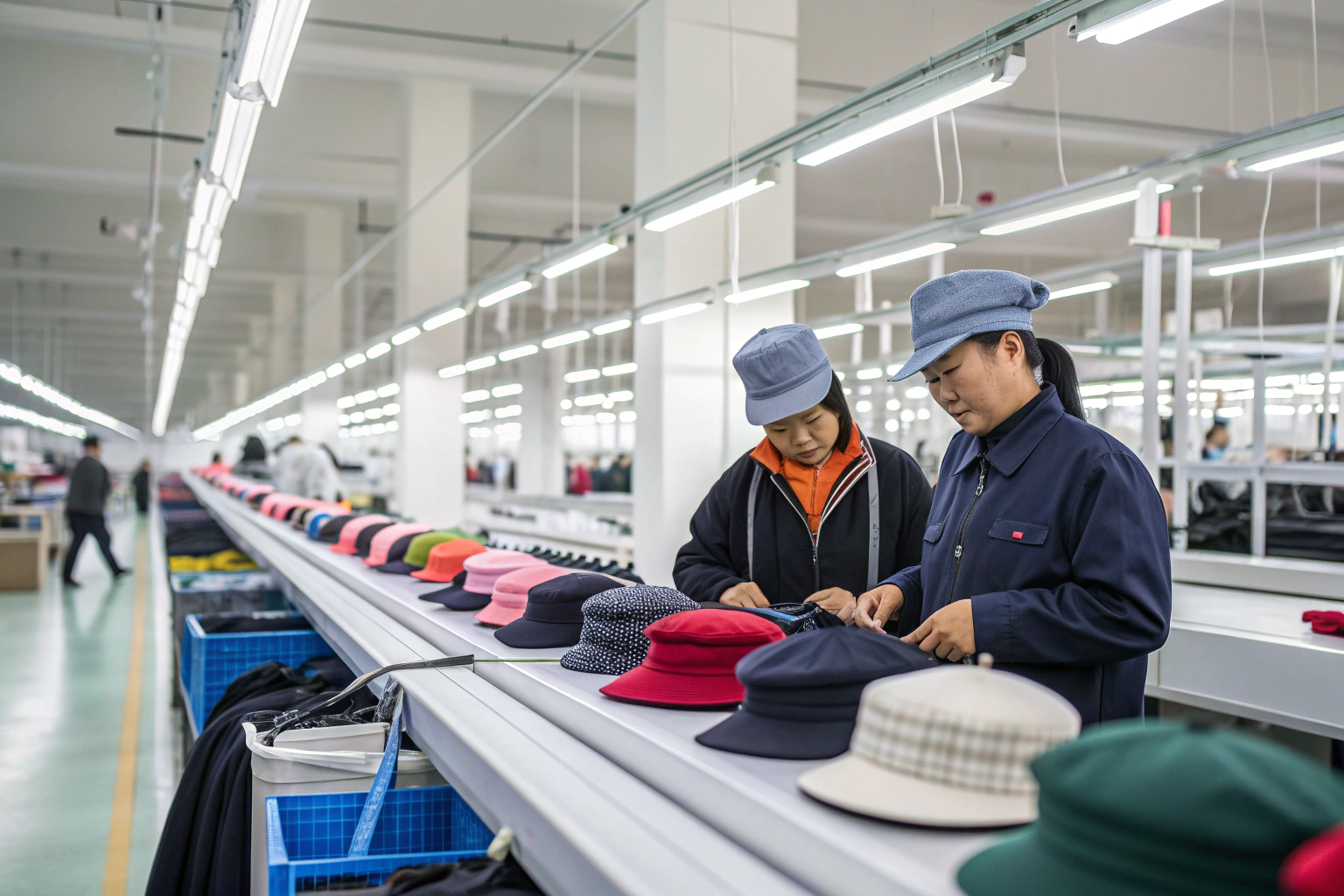If you’re importing fashion accessories into the U.S. or EU, high duties can kill your profit. Belts, headbands, and hair clips often get taxed up to 20%—unless you engineer them smartly. That’s where tariff engineering comes in.
Tariff engineering is the legal redesign of a product to meet lower-tax classifications based on tariff code requirements, material composition, or intended use—without sacrificing consumer appeal or functionality.
At AceAccessory, we’ve helped many clients rethink accessories like belts and scrunchies to legally reduce duty from 17% to near-zero. Let’s break down how this strategy works and how you can apply it too.
What is tariff engineering and how does it work?
Tariff engineering isn’t about deception—it’s about design. It means adjusting how a product is made, used, or classified, so it qualifies under a lower Harmonized System (HS) code.
We engineer accessories to fall under more favorable HS codes by altering materials, proportions, or usage labeling—always legally and transparently.

What parts of an accessory can be adjusted?
- Material composition: Shift dominant content from synthetic to natural
- Proportion of use: Emphasize warmth vs. decoration
- Product structure: Change from rigid to soft, or vice versa
- Functional labeling: From “hair clip” to “costume jewelry” if valid
Is this allowed under U.S. customs law?
Yes. U.S. Customs (CBP) recognizes tariff engineering as legal if done before export and declared truthfully. You must document each step—our factory assists clients with product specs, photos, and material invoices.
Which accessories are best suited for tariff engineering?
Not every product qualifies, but some categories have wide HS code interpretations. If your accessory has a mix of materials or could serve multiple purposes, it's worth reviewing.
Hair bands, head wraps, belts, and scarves are highly flexible in tariff classification. We’ve helped reduce accessory duties by up to 70% just by tweaking textile content or usage designation.
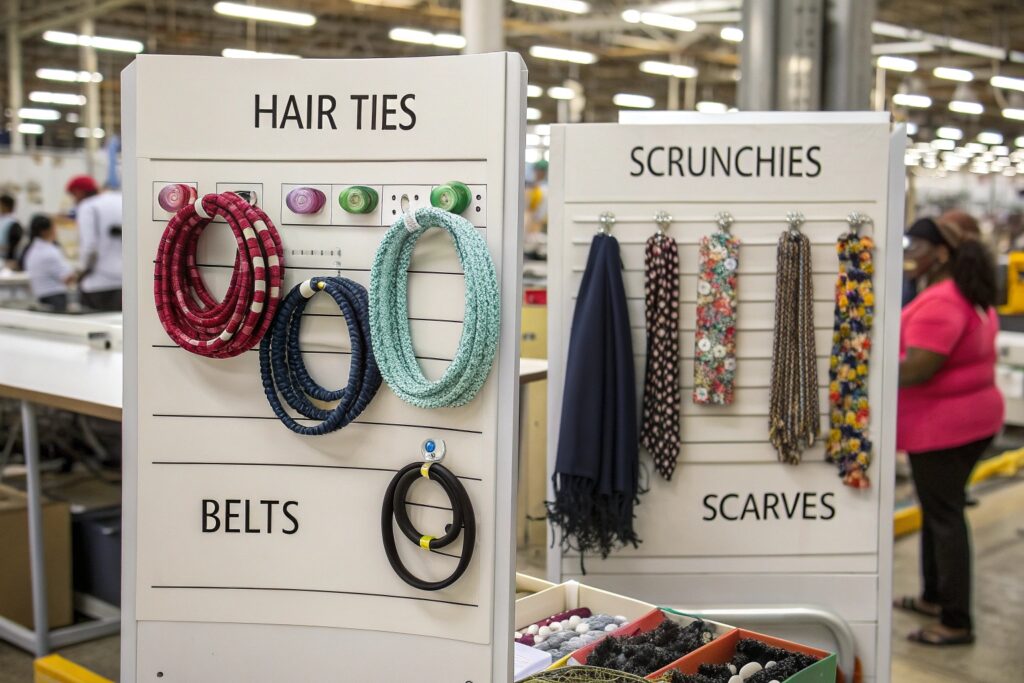
What are some real examples?
| Accessory Type | Original HS Duty | Optimized HS Duty | Engineering Action |
|---|---|---|---|
| Hair Band | 14% | 2.9% | Label as headwear (textile) |
| Belt (PVC) | 16.5% | 5% | Change dominant to cotton |
| Scarf | 10% | 0% | Use wool over synthetic |
What doesn’t qualify?
Items that are clearly one thing (e.g., full leather belt with metal buckle) may not be reclassified. It must be reasonable and backed by product and material logic.
How does AceAccessory help clients implement this?
We don't just make accessories—we help clients ship smarter. Our team works with licensed brokers and interprets tariff schedules to suggest legal improvements.
From product design to final customs documentation, we prepare tariff engineering strategies for bulk accessory orders so clientssave on duties without redesigning everything.

What’s the step-by-step process?
- Client sends product image/spec
- We review HS codes across markets
- Design team proposes minimal adjustments
- We make test samples and lab reports
- Updated HS code applied to invoice and export docs
Do you provide material certification?
Yes. We issue content breakdowns, invoice remarks, and test reports upon request. This helps your customs broker justify the chosen classification and avoid audits.
What are the risks and how do you avoid them?
Tariff engineering only works when done transparently. If you overreach or guess HS codes, your goods might be reclassified at customs—or worse, fined or returned.
We avoid risk by staying inside WTO rules, using licensed brokers for key destinations, and never mislabeling goods. Every change is documented and traceable.
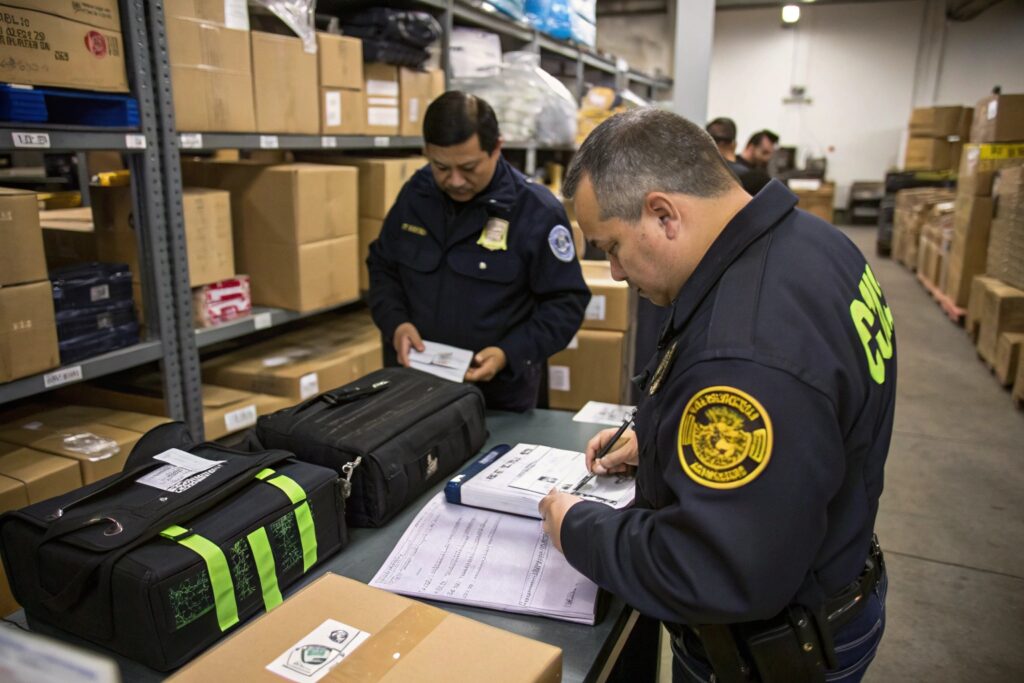
What are common mistakes?
- Using HS codes from unrelated products
- Declaring duty-saving codes without matching structure
- Not keeping proof of material change
- Misleading usage descriptions on invoices
How can you defend your classification?
Keep:
- Design specs
- Material sourcing papers
- Engineering intent memo
- Pre-shipment photos
We store all of these for each order and share them with your broker as needed.
Conclusion
Tariff engineering is a powerful tool when importing accessories at scale. From changing fabric blend ratios to reclassifying usage, the savings can reach thousands per shipment. At AceAccessory, we guide brands through this legally, transparently, and strategically. If you're paying high duties on belts, hair accessories, or scarves, let's talk about smarter design—and smarter shipping.

